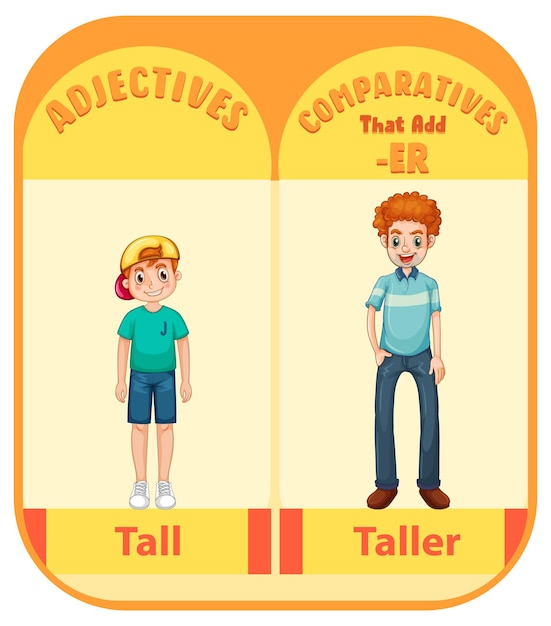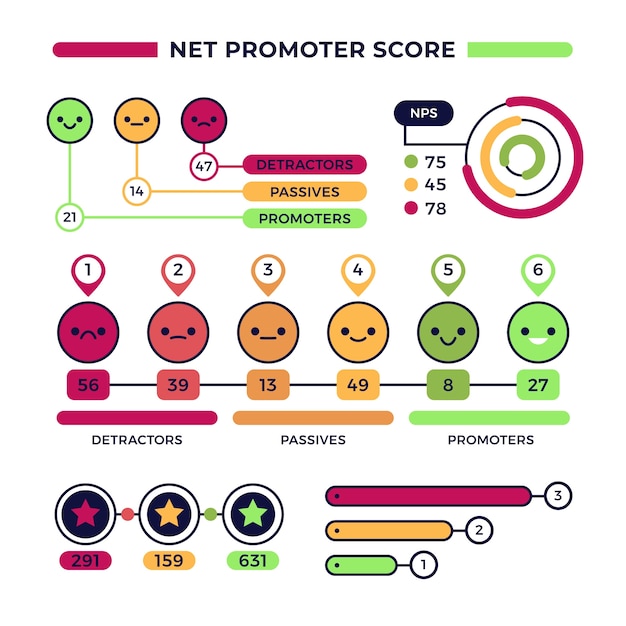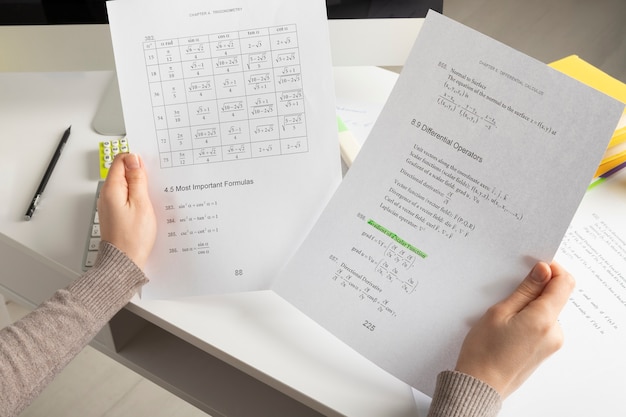
The English language is rich with various tenses that allow us to express different actions and states in time. Two of the most commonly used tenses are the Present Simple and Present Continuous. Understanding the difference between these two tenses and knowing when to use them correctly is essential for effective communication. In this article, we will explain the distinctions between the Present Simple and Present Continuous tenses and provide examples to help you grasp their usage.
## Present Simple
The Present Simple tense is used to describe habitual actions or permanent situations. It indicates actions that occur regularly, facts, general truths, and routines. Let’s take a look at the usage of Present Simple through the following table:
| Subject | Positive | Negative | Question |
|---|---|---|---|
| I, you, we, they | work | do not work | Do I, you, we, they work? |
| He, she, it | works | does not work | Does he, she, it work? |
Examples:
– I work at a bank.
– They play football every Sunday.
– The sun rises in the east.
## Present Continuous
The Present Continuous tense is used to describe actions that are happening at the moment of speaking or around the current time. It emphasizes the temporary nature of an action. Let’s take a look at the usage of Present Continuous through the following table:
| Subject | Positive | Negative | Question |
|---|---|---|---|
| I | am working | am not working | Am I working? |
| You, we, they | are working | are not working | Are you, we, they working? |
| He, she, it | is working | is not working | Is he, she, it working? |
Examples:
– I am currently working on a project.
– They are watching a movie right now.
– She is studying for her exams.
## Difference between Present Simple and Present Continuous
The main difference between the Present Simple and Present Continuous tenses lies in the time frame they refer to. The Present Simple tense is used for regular, habitual actions or permanent situations, while the Present Continuous tense is used for actions happening at the moment or around the current time.
Here are some key points to remember:
– Present Simple: Used for habitual actions, permanent situations, facts, general truths, and routines.
– Present Continuous: Used for actions happening at the moment or around the current time.
To further illustrate the difference, let’s compare the usage of these two tenses in a few sentences:
1. Tom works as a teacher. (Present Simple – habitual action)
2. Tom is teaching a class right now. (Present Continuous – action happening at the moment)
In the first sentence, we use the Present Simple tense to express Tom’s profession, which is a habitual action. In the second sentence, we use the Present Continuous tense to describe an action that is taking place at the very moment the sentence is being spoken.
## Practice Exercises
Now, let’s test your understanding of the Present Simple and Present Continuous tenses with some practice exercises. Choose the correct tense for each sentence:
1. Jane (go/goes) to the gym every day.
2. We (study/studying) for our exams this week.
3. Look! The children (play/playing) in the park.
4. The train (leave/leaves) at 9 o’clock tonight.
5. I usually (watch/watching) TV in the evening.
Answers:
1. goes
2. are studying
3. are playing
4. leaves
5. watch
Remember, practice makes perfect! By regularly using and understanding these tenses, you will become more confident in your English language skills.
In conclusion, the Present Simple and Present Continuous tenses play a crucial role in expressing actions and states in English. By knowing when to use each tense accurately, you will be able to communicate effectively and convey the intended meaning. Keep practicing and expanding your knowledge of these tenses to enhance your language proficiency.



